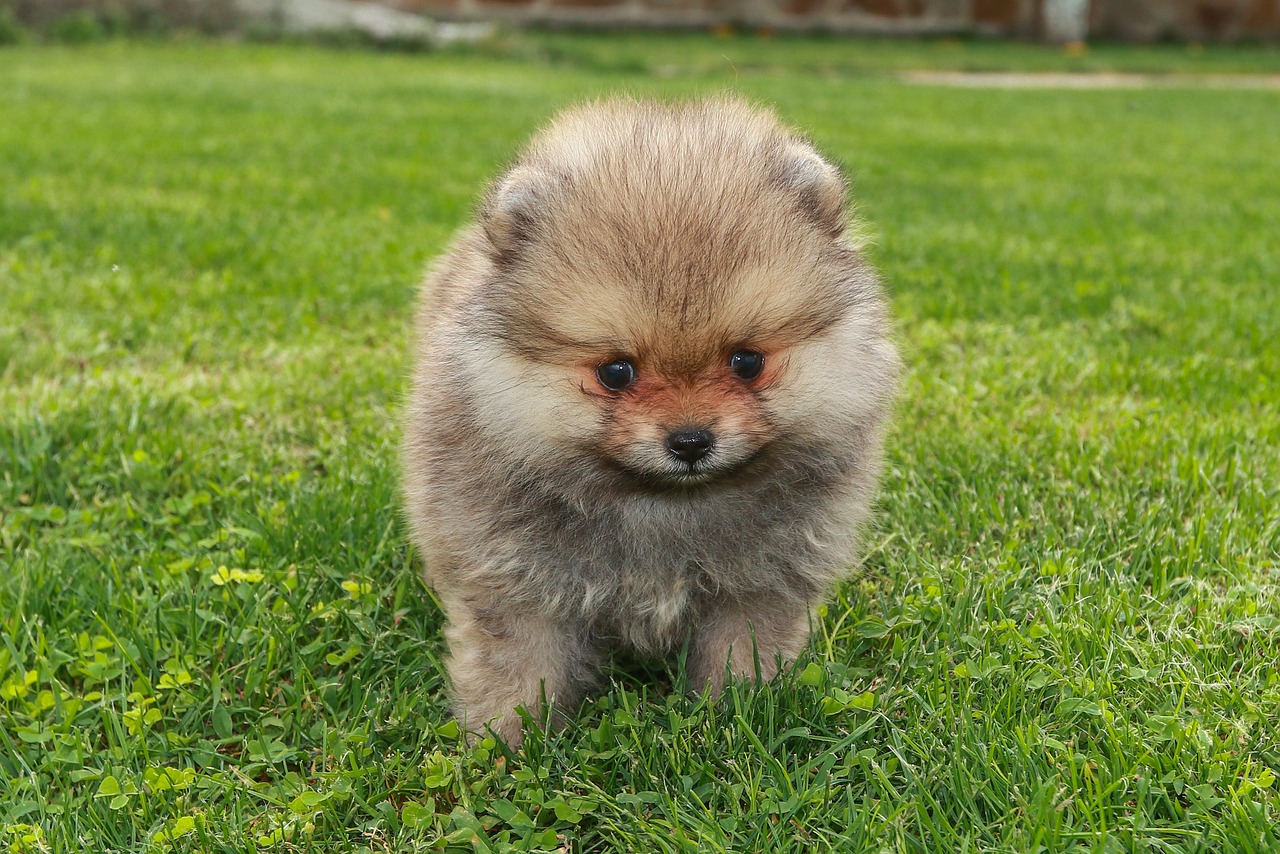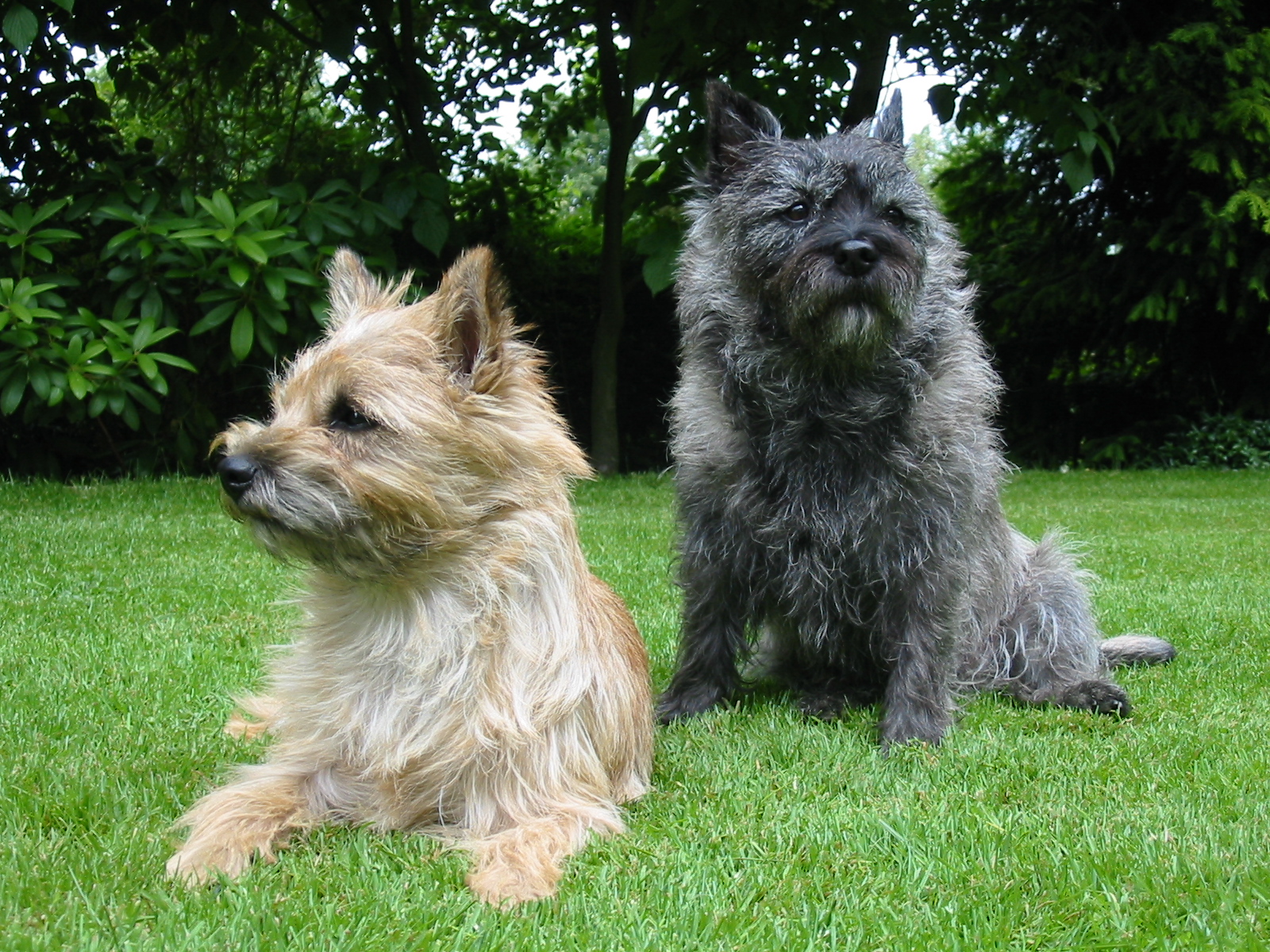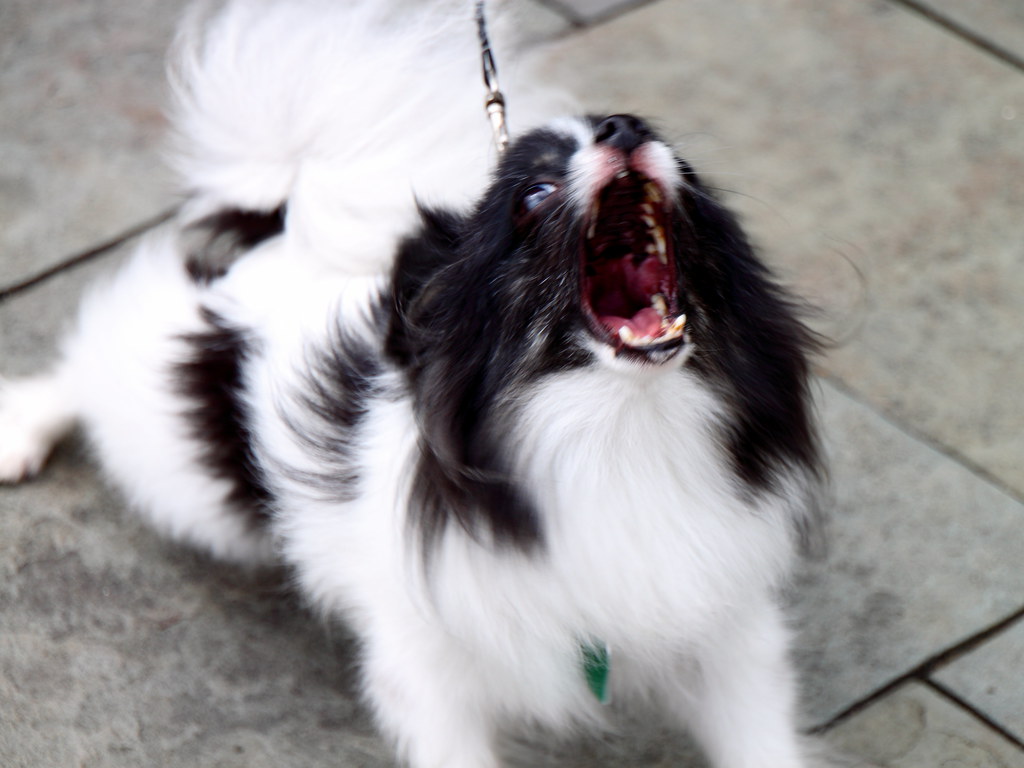Picture this: you’re enjoying a peaceful afternoon when suddenly your neighbor’s tiny companion launches into what sounds like a canine opera performance. Small dogs have earned quite the reputation for being vocal little creatures, and honestly, they wear that badge with pride. These pint-sized pooches pack an impressive amount of attitude and volume into their compact frames.
What many people don’t realize is that excessive barking often stems from specific behavioral patterns and environmental triggers. Understanding why these breeds are so chatty can help both current and prospective dog owners make informed decisions about managing their furry friend’s vocal tendencies. Let’s dive into the world of small breeds that seem to think silence is overrated.
Chihuahua: The Pocket-Sized Powerhouse

Meet the ultimate Napoleon complex in canine form. Chihuahuas may be small but they have a big personality and plenty to say about it, earning them the nickname “yappy dogs” among dog enthusiasts. These tiny warriors genuinely believe they’re much larger than their actual size suggests.
This little dog suffers from a Napoleon complex! Though one of the smallest breeds, weighing no more than 6 pounds, they seem to think they are much bigger – a huge dog in a tiny suit. Their natural belligerence toward other dogs and their possessiveness over their home and people can lead them to be excessively noisy. The fascinating part is how fearlessly they’ll confront dogs ten times their size.
Their barking serves multiple purposes beyond just making noise. Chihuahuas are naturally territorial and protective of their families, which means they’ll alert you to everything from delivery trucks to falling leaves. The Chihuahua packs a lot of personality into her small size, and her tendency toward yapping is a personality trait that can be an issue if she’s not taught to moderate her barking.
Not only will they bark at any provocation, but sometimes it seems as though they will bark at nothing at all. This can become particularly challenging in apartment settings where close neighbors might not appreciate the constant commentary from your four-legged friend.
Yorkshire Terrier: Small Package, Big Voice

Yorkshire Terriers truly embody the phrase “don’t judge a book by its cover.” Sure yorkies are small, but they’re a part of the Terrier family and they don’t know when to tone down their bark. They think they are bigger than they are and aren’t afraid to yap to the mailman, the Great Dane at the dog park, your shadow, or even their shadow.
The diminutive Yorkie seems to enter the world barking. Right from the start, this adorable dog likes to assert himself and enter the fray whenever there is something going on. Like the Chihuahua, he has an overestimated opinion of himself and will bark whenever anything enters his realm. Their confidence is both admirable and exhausting.
What makes Yorkies particularly vocal is their terrier heritage. Terriers in general are often considered to be noisy dogs, and the Yorkshire Terrier is no exception. These tiny dogs are affectionate and loving, but many of them are not afraid to stand up to dogs much larger than themselves, often barking right in their faces in an attempt to get them to back down.
The Yorkie has a reputation for being a boisterous little pup, and in many cases, it’s well deserved. He tends to be a natural yapper and, even with proper training and plenty of distractions, he won’t be silenced. They’ll communicate their needs whether it’s thirst, hunger, or simple boredom.
Pomeranian: The Fluffy Alarm System

Pomeranians are like living, breathing cotton balls with sirens built in. Another toy breed on the list, the Pomeranian, is known to be a “yappy” dog, and they take their self-appointed security duties very seriously. These fluffy companions have appointed themselves as your personal early warning system.
Many people don’t realize that Pomeranians are one of the breeds with a tendency to bark often. So when you adopt or buy one, it’s essential to know their needs and how much time they need outside for exercise. There are some things that owners need to know about Pomeranian barking. For example, it can indicate separation anxiety or boredom if the dog is left alone for too long.
Their barking often intensifies when they’re understimulated mentally and physically. Pomeranians get bored very easily. They are very intelligent so they need a lot of stimuli… if you leave them alone for a long while, like all day, they will want to create a ruckus. Think of them as intelligent toddlers who need constant engagement.
The good news is that Pomeranians respond well to training when approached correctly. I may be biased but there is no better student than a Pomeranian. All they want to do is please their Pommy Mommy… really, that’s all. With consistent positive reinforcement, their vocal enthusiasm can be channeled more appropriately.
Maltese: The Elegant Chatterbox

Don’t let their angelic appearance fool you. So, for those who wonder if Maltese dogs bark, the answer is yes, Maltese do bark a lot and very much so. The Maltese share a trait with most toy-sized dog breeds: they have a particularly sensitive temperament that makes them prone to bark uncontrollably, and several reasons can trigger this behavior.
What makes Maltese particularly challenging is their attachment to their owners. And because these dogs become so attached to their humans, Maltese often don’t do well when left alone since they’re prone to developing separation anxiety. Separation anxiety occurs when a dog becomes stressed as a result of being left alone. It often happens in dogs who are firmly attached to their owners. Common signs of the condition include excessive barking, going to the bathroom in the house, destructive behavior, and attempts to prevent the departure of the person to whom the dog is attached.
This breed is prone to barking, which means that many Maltese dogs will vocalize perhaps more than you’d like if you live in an apartment. And because they are known to show intolerance towards other dogs and small children, they may be more likely to bark when they share an environment with other pets and kids. However, every individual dog has their own personality quirks.
Training a Maltese requires patience and understanding. And when it comes to controlling barking, training a Maltese is quite simple: If your dog barks, teach him an instruction to remain “calm.” The key is consistency and positive reinforcement rather than punishment-based methods.
Miniature Schnauzer: The Bearded Barker

The Miniature Schnauzer is a small dog with a big beard and a big voice. PetMD mentions that these dogs are descended from an old and hardworking breed of German dogs that were historically used to hunt rats, herd livestock, and pull carts. Their working heritage means they’re naturally alert and vocal about their surroundings.
Miniature Schnauzers are one of the loudest dog breeds for their size. They bark at strangers, they bark at sounds, and they bark when they are excited. They are always on the lookout. Even if nothing is going on, they may bark to let us know they are there. It’s like having a tiny, furry security guard who takes their job very seriously.
Their intelligence can sometimes work against quiet households. This breed can develop excessive barking if not trained early. They enjoy having a job to do, and barking becomes their job if they do not get proper attention. They are also very attached to their owners, so they might bark when left alone.
The Miniature Schnauzer tends to be lively and active, wanting to participate in everything you’re doing (and alert you to everything else with a sharp bark). As is the case with all breeds with a tendency toward barking, it is possible to train her not to lose her mind every time the doorbell rings, but it’s important to realize that her natural inclination is to bark – loudly and proudly.
Dachshund: The Wiener Dog with Attitude

Dachshunds might be low to the ground, but their voices certainly reach impressive heights. The dachshund has a unique bark, which is somehow both high-pitched and exceptionally loud, and they are notorious for using it all the time. Their distinctive vocalization is unmistakable once you’ve heard it.
The Doxie is the smallest of the hounds, but don’t tell him that! These sausage-shaped companions have retained their hunting instincts, which means they’re constantly on alert for potential prey or intruders. Their hound heritage makes them naturally vocal animals.
This little scent hound was originally bred in Germany for hunting tunnelling animals, such as rabbits and foxes. However, they were also used to hunt badgers and larger animals, which tends to make them very courageous for their small size,” says Britt. “Due to being a hunting dog, they can be more vocal than your average pet dog. Another aspect that can make them more vocal is the fact they are great little watchdogs, so will alert you if people approach the home or if they perceive any danger.”
Their barking serves multiple purposes and understanding this helps in managing their vocal tendencies. They’re not just being noisy for the sake of it; they’re fulfilling what they see as important protective and communicative functions in your household.
West Highland White Terrier: The White Warning System

Westies are charming little white bundles that seem to have opinions about absolutely everything. A Westie will bark and alert you about everything, from the mailman’s arrival to suspicious squirrel activity in the yard. Their alertness is both a blessing and a challenge for owners.
These Scottish natives were bred for hunting, which explains their keen awareness of their surroundings. Every sound, movement, or change in their environment becomes a potential reason to sound the alarm. Is that a fly? What about a squirrel? Did he just see you 10 seconds ago? Yes and yes. A Westie will bark and alert you about everything.
What makes West Highland White Terriers particularly vocal is their combination of intelligence and stubbornness. They know exactly what they’re doing when they bark, and they’re quite convinced that their input is valuable and necessary for household management.
The key to living harmoniously with a Westie is understanding that their barking comes from a place of caring and protection. They genuinely believe they’re contributing to family security, even if that means announcing every delivery truck that passes by your street.
Cairn Terrier: The Curious Commentator

If you have a Cairn Terrier, you know that the breed is very inquisitive. They’re great with children and with other people, but they do bark a lot because it is their natural instinct to “sound the alarm.” Their curiosity about the world around them translates directly into vocal communication.
What sets Cairn Terriers apart from other barky breeds is their intelligence and trainability. What’s great about this breed, though, is they’re very adaptable and trainable. This means that while they may start as enthusiastic barkers, they can learn appropriate boundaries with consistent training.
Their barking often stems from their desire to investigate and understand everything happening in their environment. These little detectives feel compelled to announce their findings to anyone within earshot, whether it’s a new smell, sound, or visitor.
Cairn Terriers respond well to mental stimulation and structured activities. When their curious nature is channeled into appropriate outlets like puzzle toys or training sessions, their need to bark excessively often diminishes naturally.
Conclusion

Living with a vocal small dog breed can be both rewarding and challenging. These eight breeds prove that size definitely doesn’t determine volume when it comes to canine communication. While their barking can sometimes feel overwhelming, it’s important to remember that most of these behaviors stem from their breeding history, intelligence, and deep attachment to their families.
The good news is that with patience, consistent training, and understanding of what triggers their vocal tendencies, most small dogs can learn appropriate barking behaviors. Remember, every dog is an individual so even though breed can be a good starting point, positive training is the best way to ensure good behavior!
What’s your experience with noisy small breeds? Have you found effective ways to manage their vocal enthusiasm? Share your thoughts in the comments below.

Andrew Alpin from India is the Brand Manager of Doggo digest. Andrew is an experienced content specialist and social media manager with a passion for writing. His forte includes health and wellness, Travel, Animals, and Nature. A nature nomad, Andrew is obsessed with mountains and loves high-altitude trekking. He has been on several Himalayan treks in India including the Everest Base Camp in Nepal.






